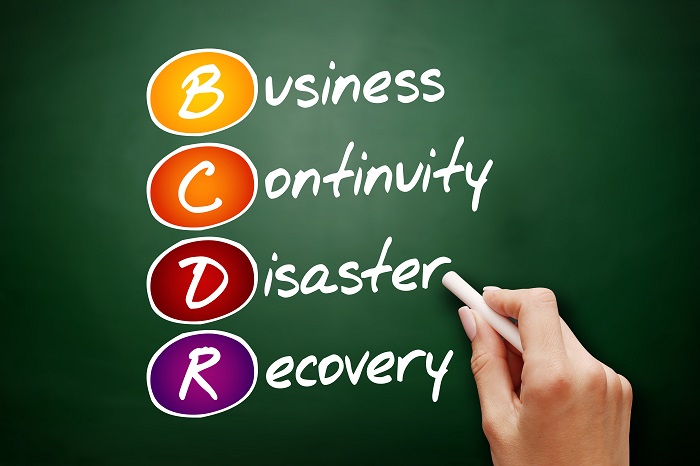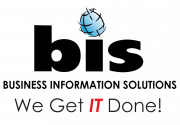Did you know that two of the most common disasters that can bring a small business to its knees are power outages and hardware failures?
When these unpredictable and unavoidable situations impact a business’s network, the cost can be huge, and without a backup recovery plan in place, irrecoverable.
Clients commonly tell us that a Disaster or Backup Recovery Plan is not necessary or that the cost is too high, preferring instead to take a risk and basically play Russian Roulette with their networks. True, a lot of people take the same risk with collision coverage on their car insurance, but operating a profitable business is different.
Again and again, research has proven that when a small company’s networking system goes down, the average dollar amount associated with the lost downtime costs a shocking $8,000 per hour. That price tag jumps up to $700,000 an hour for large enterprises.
Sobering statistics:
• 99% of 400 businesses evaluated by data protection firm StorageCraft experienced a crippling hardware failure.
• More than 80% of businesses that experience a major natural disaster go out of business within three years, according to recent studies.
• 40% that experience a critical IT failure shut down within one year.
• 30% of businesses never reopen their doors after they’ve been closed by a natural disaster.
Natural disasters and hardware failures aside, the threat of a disruption to a business’s network operations can be completely halted buy a number of other incidents, such as:
• Cyber-attacks, which can result in permanent data deletion
• Viruses and/or software corruption
• Disgruntled former employees
• Stolen or dropped laptops
Understanding the potential threat and associated costs is vitally important for a business’s survival. The next step is to make sure you have a disaster and backup recovery plan in place in case a disaster does strike.
Backing up your data is an insurance plan against loss. Think of it like any insurance you must have for your business. To make sure the downtime is minimal, your reputation is preserved, and you don’t lose any business to your competitors, we offer our Data Guard business continuity software.
The most important key metrics to be aware of when developing a business continuity plan are RTO and RPO. RTO stands for Recovery Time Objective, and this refers to the target time it will take for your business to resume regular business activities after a disaster strikes. By determining this factor, you can identify how quickly your business will need to recover, which can prompt a thorough discussion about the preparations and budget needed in your disaster recovery plan.
Let’s say, for example, you determine that your business needs to be up and running within 4 hours. This would entail a significant amount of preparation and consequently a higher budget.
Recovery Point Objective, or RPO, determines how often your data backups need to occur depending on your business’s tolerance for loss.
Conclusion
With a disaster and backup recovery plan, your company needs both an off-site storage solution in a completely different geographical area than your business, as well as generous cloud storage for a fast and complete recovery of your network.
Whether it’s a daily hiccup or a site-wide disaster, it’s important to manage your risks and ensure business continuity so your business can stay profitable and productive in a minimal amount of time.
BIS will be hosting a free luncheon at Wintzell’s Oyster House in Fairhope, Alabama on February 23, 2017 in order to provide local businesses with the necessary information they need to start putting their own disaster and backup recovery plans in place. Reserve your spot today by registering online at askbis.com/seminar.
[code-snippet name=”disable-blog-featured-image”]











